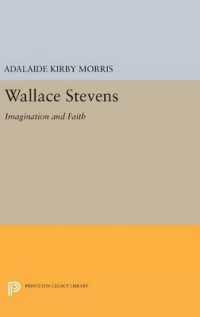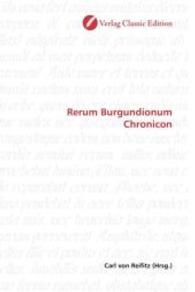- ホーム
- > 洋書
- > 英文書
- > Science / Mathematics
Full Description
Disorder is one of the predominant topics in science today. The present text is devoted to the mathematical studyofsome particular cases ofdisordered systems. It deals with waves in disordered media. To understand the significance of the influence of disorder, let us start by describing the propagation of waves in a sufficiently ordered or regular environment. That they do in fact propagate is a basic experience that is verified by our senses; we hear sound (acoustic waves) see (electromagnetic waves) and use the fact that electromagnetic waves travel long distances in many aspects ofour daily lives. The discovery that disorder can suppress the transport properties of a medium is oneof the fundamental findings of physics. In its most prominent practical application, the semiconductor, it has revolutionized the technical progress in the past century. A lot of what we see in the world today depends on that relatively young device. The basic phenomenon of wave propagation in disordered media is called a metal-insulator transition: a disordered medium can exhibit good transport prop erties for waves ofrelatively high energy (like a metal) and suppress the propaga tion of waves of low energy (like an insulator). Here we are actually talking about quantum mechanical wave functions that are used to describe electronic transport properties. To give an initial idea of why such a phenomenon could occur, we have to recall that in physical theories waves are represented by solutions to certain partial differential equations. These equations link time derivatives to spatial derivatives.
Contents
1 Getting Started.- Prologue.- 1.1 Bound states versus extended states.- 1.2 Ergodic operator families.- 1.3 Some important examples.- 1.4 Our basic models (P+A) and (DIV).- 1.5 Localization and Lifshitz tails: the heuristic picture.- 2 Analysis of Anderson-type Models.- Prologue.- 2.1 Lifshitz tails for (P+A).- 2.2 Initial length scale estimates.- 2.3 Wegner estimates.- 2.4 Combes—Thomas estimates.- 2.5 Changing cubes.- 3 Multiscale Analysis.- Prologue.- 3.1 Idea of the proof and historical notes.- 3.2 Multiscale Analysis.- 3.3 Exponential localization.- 3.4 Dynamical localization.- 3.5 More models.- 4 Appendix.- 4.1 A short story of selfadjoint operators.- 4.2 Some basics from probability theory.- 5 Aftermath.- References.- Author Index.








